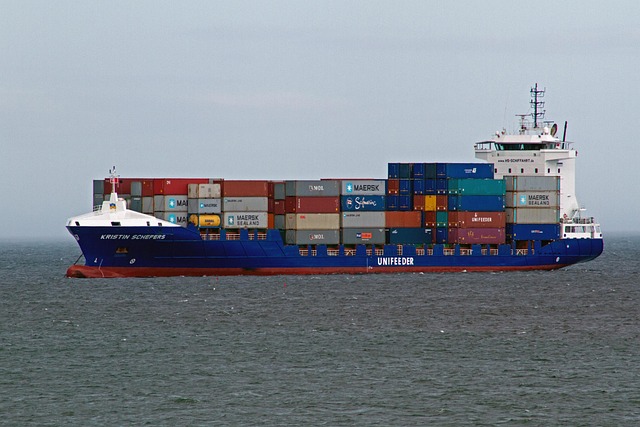Overseas vehicle shipping involves complex cost considerations, including distance, vehicle size, transport mode (air or sea), port locations, customs duties, taxes, and additional services. Key cost components include freight based on weight and size, shipping methods like containerized transport or Ro-Ro vessels, port handling fees, insurance for damage protection, and storage expenses. By comparing shipping methods, booking in advance, choosing off-peak seasons, cleaning the vehicle, and removing excess items, you can significantly reduce costs associated with international vehicle shipping.
Shipping a vehicle overseas can be a complex process with varying costs. This article delves into the factors that determine international car transportation expenses, offering a comprehensive breakdown of pricing components. From port fees to fuel surcharges, understanding these variables is key to managing your budget effectively. Additionally, we provide valuable tips to help you save money on overseas vehicle shipping, ensuring a smoother and more affordable journey for your vehicle.
- Understanding Overseas Vehicle Shipping Costs: Factors That Influence Price
- Breaking Down the Expenses: Detailed Cost Components
- Tips for Saving Money on International Car Transportation
Understanding Overseas Vehicle Shipping Costs: Factors That Influence Price

Shipping a vehicle overseas can be complex, with various factors influencing the overall cost. It’s essential to understand that prices aren’t one-size-fits-all; they vary based on multiple criteria. One of the primary determinants is the distance traveled. The farther the destination, the higher the shipping fee due to increased fuel costs and longer transit times. Another significant factor is the vehicle’s size and weight. Larger or heavier cars will require more resources for transportation, impacting the overall cost.
The mode of transport is also critical. Shipping by air is generally faster but far more expensive than sea freight, which is the most common method used for overseas vehicle shipping. Additionally, the origin and destination ports can affect pricing, with some routes having higher demand or stricter regulations that influence shipping rates. Other considerations include customs duties, taxes, and any additional services required, like insurance or documentation processing. These factors collectively shape the final price for shipping a vehicle internationally.
Breaking Down the Expenses: Detailed Cost Components

When it comes to shipping an overseas vehicle, understanding the cost structure is paramount. The expenses involved in this process can be broken down into several key components, each contributing to the overall price tag. Firstly, there’s the freight cost, which accounts for transporting the vehicle from point A to point B. This is typically calculated based on weight, size, and distance traveled. Different shipping methods—such as containerized transport or roll-on/roll-off (Ro-Ro) vessels—offer varying rates, with Ro-Ro often being more economical for smaller vehicles.
Additionally, you’ll encounter port handling fees and customs duties. These charges are linked to the value of your vehicle and can vary significantly across countries. It’s also crucial to factor in insurance costs, which safeguard against potential damages during transit. Furthermore, storage expenses might come into play if there are delays or if you require temporary parking for your vehicle at either end of the journey. Each of these components collectively determines the overall cost of shipping an overseas vehicle, ensuring a transparent and comprehensive pricing structure.
Tips for Saving Money on International Car Transportation

Shipping a vehicle internationally can be a significant expense, but there are several strategies to help you save money on overseas vehicle shipping. One key tip is to compare different shipping methods and companies. While container shipping is common, less expensive options like roll-on/roll-off (Ro-Ro) or even air freight might be suitable for specific situations, offering substantial cost savings.
Timing your shipment can also make a difference. Booking in advance often secures better rates, as does choosing off-peak seasons when demand and prices are lower. Additionally, ensuring your vehicle is prepared for transport – by cleaning it thoroughly and removing any unnecessary items – can reduce weight and associated shipping costs.
Overseas vehicle shipping can be a complex process, but understanding the various cost components and factors that influence the price can help you make informed decisions. By breaking down these expenses and implementing saving tips, you can navigate international car transportation more effectively. Remember, careful planning and knowledge of shipping costs are key to ensuring a smooth and affordable journey for your vehicle.
